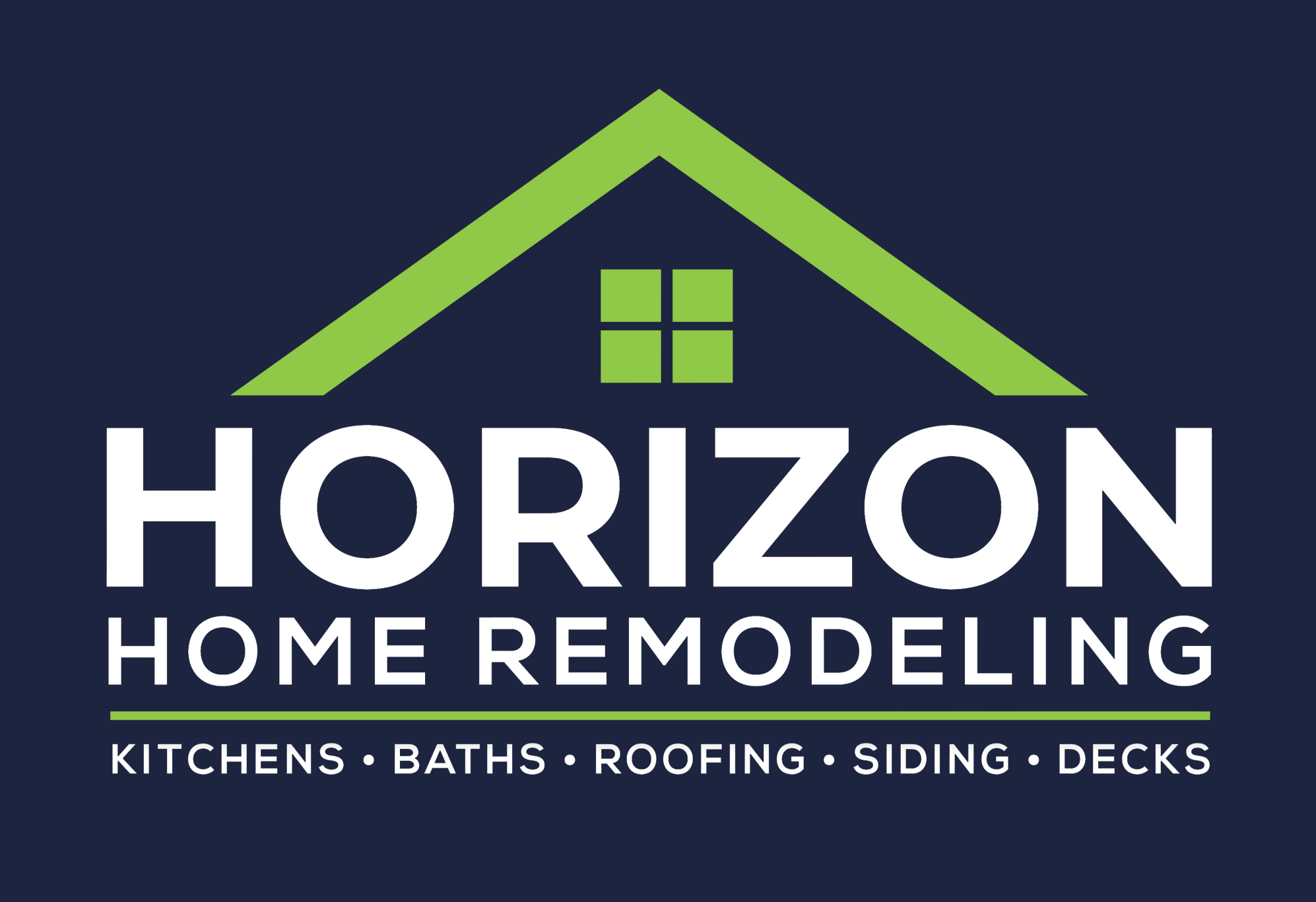When it comes to choosing the right siding for your home, two materials often come to the forefront: fiber cement and vinyl siding. Both options offer unique advantages, appealing to homeowners who prioritize both durability and design. This article takes a comprehensive look at these two popular siding choices, examining their features, benefits, and suitability for different applications.
Understanding Fiber Cement Siding
Fiber cement siding is a composite material made from cement, sand, and cellulose fibers. It has gained popularity in recent years due to its excellent durability and design flexibility.
Key Features of Fiber Cement Siding
- Durability: Fiber cement siding is resistant to termites, rot, and even fire. It can withstand harsh weather conditions, including wind, rain, and extreme temperatures.
- Low Maintenance: Unlike wood siding, fiber cement does not require frequent painting or sealing.
- Design Variety: This siding comes in various styles, textures, and colors, allowing for customization to match diverse architectural styles.
- Eco-friendly Options: Many fiber cement products are made from sustainable materials, appealing to environmentally-conscious homeowners.
Installation and Cost Factors
The installation of fiber cement siding requires skilled labor, which can add to the overall cost. The average cost for this siding ranges from $6 to $12 per square foot, including materials and labor. However, considering its lifespan of 25 to 50 years, many homeowners deem it a worthy investment.
Case Study: Fiber Cement in Action
One notable example is the renovation of a historic home in New Orleans. The homeowners chose fiber cement siding to maintain the architecture integrity while enhancing durability. The result not only preserved the home’s aesthetic but also significantly reduced maintenance costs over the years.
The Allure of Vinyl Siding
Vinyl siding, made from polyvinyl chloride (PVC), has been a staple in the siding market since its introduction in the 1960s. It offers a practical solution for homeowners looking for affordability combined with decent aesthetics.
Key Features of Vinyl Siding
- Affordability: Vinyl siding remains one of the most cost-effective siding options, costing between $2 to $7 per square foot.
- Variety of Designs: Available in numerous colors and styles, including traditional lap, dutch lap, and vertical panels.
- Low Maintenance: Vinyl is resistant to fading, peeling, and chipping, making it easy to clean and maintain.
- Energy Efficiency: Many vinyl siding products are available with insulating foam backing, which enhances a home’s energy efficiency.
Installation and Cost Factors
Vinyl siding is generally easier and quicker to install than fiber cement, which often translates to lower labor costs. Additionally, with a lifespan of around 20 to 40 years, vinyl siding remains a practical option.
Case Study: Vinyl Siding Transformation
A recent project in suburban Chicago involved a post-war home where the homeowners opted for vinyl siding to boost curb appeal and reduce ongoing maintenance. The project not only enhanced the home’s value but also contributed to energy savings due to better insulation.
Diving Deeper: Durability Comparison
Comparing the durability of fiber cement and vinyl siding provides valuable insights into which material might better suit your home’s needs.
Resistance to Elements
- Fiber Cement: Highly resistant to wind, rain, and fire. It does not warp or become brittle with temperature changes.
- Vinyl: While generally durable, vinyl can become brittle in extreme cold and can warp in high heat situations.
Longevity
According to the National Association of Home Builders, fiber cement siding has a lifespan ranging from 25 to 50 years, compared to vinyl’s 20 to 40 years. This longevity is an essential factor for homeowners considering their options.
Design Considerations: Aesthetic Appeal
Both materials offer diverse design options, but they cater to different aesthetic sensibilities.
Fiber Cement Aesthetics
Available in various styles, fiber cement can mimic the appearance of wood while providing enhanced durability. Its ability to withstand paint and stains makes it a versatile choice for homeowners seeking that custom look.
Vinyl Aesthetics
Vinyl siding is known for its vibrant colors and can be styled to imitate traditional wood siding. Over time, however, some colors may fade due to sun exposure.
Environmental Considerations
In an era where environmental impact is increasingly under scrutiny, choosing sustainable materials is more critical than ever.
Fiber Cement’s Eco-Friendly Edge
Fiber cement is often made from sustainable materials, and its long lifespan means fewer replacements over time. Additionally, it is recyclable at the end of its life cycle.
Vinyl Siding and the Environment
While vinyl siding has made strides in eco-friendliness, including the incorporation of recycled materials, it is still primarily petroleum-based. This aspect raises concerns among environmentally-conscious homeowners.
Maintenance: A Key Factor in Decision Making
Understanding the maintenance requirements for both siding options can significantly impact value.
Maintenance of Fiber Cement Siding
- Requires occasional repainting (every 10-15 years).
- Should be inspected regularly for damages, particularly after severe weather events.
Maintenance of Vinyl Siding
- Needs periodic cleaning to prevent mold and mildew.
- Involves checking for cracks or warping and replacing affected panels.
Making the Decision: Which is Right for Your Home?
The decision between fiber cement and vinyl siding can depend on various factors, including budget, aesthetic preferences, and long-term goals. Here are some questions to consider:
- What is your budget for siding installation and maintenance?
- How long do you plan to stay in your home?
- Do you prefer the look of wood, or are you looking for a more modern appeal?
- How much time and effort are you willing to invest in maintenance?
Conclusion: Weighing Your Options
Both fiber cement and vinyl siding offer unique benefits, and your choice will largely depend on your specific needs and preferences. Fiber cement provides superior durability and aesthetic versatility, while vinyl siding excels in affordability and ease of installation.
In the end, consider factors such as cost, design preferences, and environmental impact when making your choice. With the right information and careful consideration, you can select siding that not only meets your durability needs but also enhances the beauty of your home for years to come.



